January 2020

Reproductive Management of Sheep and Goats With ReproScan Equipment
Probe Considerations for Small Ruminants C60 3.5 MHz T-handled probe units ReproScan ultrasound equipment with C60 probes are ideal for sheep and goats. The C60 probe gives a depth of scan over 20 cm which is necessary for view the fetus and uterus. The T-handle is comfortable to hold and allows the person to press the probe deep into the inguinal area for better contact and targeted scanning. 4.0 MHz convex rectal probe units.
October 2019
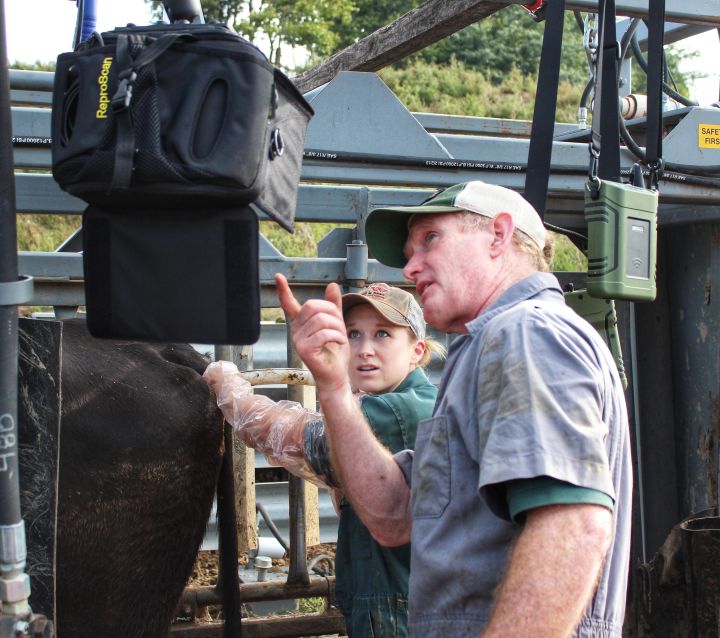
Mounting with Ram Mount® Equipment Mounts
The ReproScan 2.0 Monitor was specifically designed to work with Ram Mount mounting equipment. Clients that adapt the Ram Mounts to their ReproScan equipment are very pleased with the results. The advantages of using the Ram Mount equipment include: 1. The ultrasound unit and monitor are up out of the way and therefore safer. 2. The monitor to be positioned exactly so the image is easy to see and clearer.
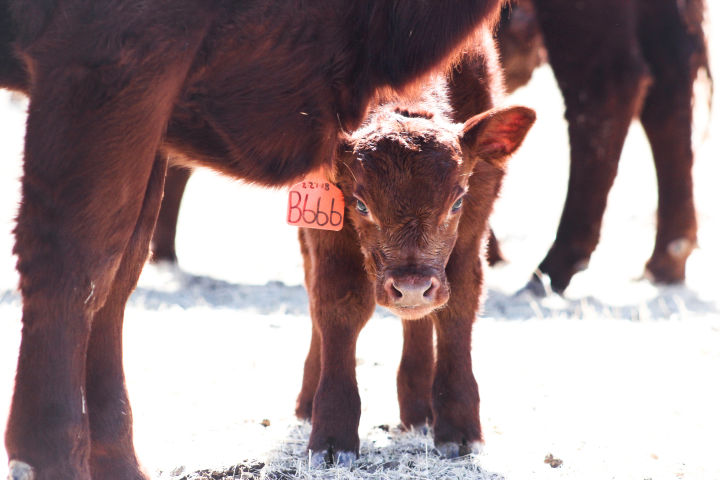
Considering Efficiency
The beef industry is built on a platform of efficiency; cow-calf operations, stockers, and feed yards all strive for efficiency. For cow-calf producers, reproductive efficiency is the key to success. Many ranches are currently utilizing ultrasound technology to increase their efficiency. In recent years ultrasound technology has greatly improved, offering simpler and more affordable options for both producers and veterinarians. Producers and veterinarians alike can greatly benefit from the implementation of convex probe extension arm ultrasound technology.
August 2019

Viewing Device Considerations
Monitor versus Goggles for Bovine Reproductive Ultrasound – the debate continues! Advantages of the ReproScan 2.0 Monitor Diagnostic Image Quality – The ReproScan 2.0 monitor offers great image quality due to advanced design and internal processing of the ReproScan 2.0 monitor display. Safety - using a monitor enhances personal safety by improving peripheral vision. Awareness of one’s surroundings should be a goal in everyday life and especially chute-side where too many accidents have occurred in the past.

Preg Checking Check List
It’s time to get ready for preg checking season and here is a list of things to consider: Your ReproScan Equipment: Charge your batteries in your XTC or BoviScan Curve and monitor. Connect your equipment and turn it on. Ensure that batteries, connectors and cables and chargers are all in good shape. Run the equipment for several hours to make sure that your batteries will give you the time you need at the chute.
July 2019
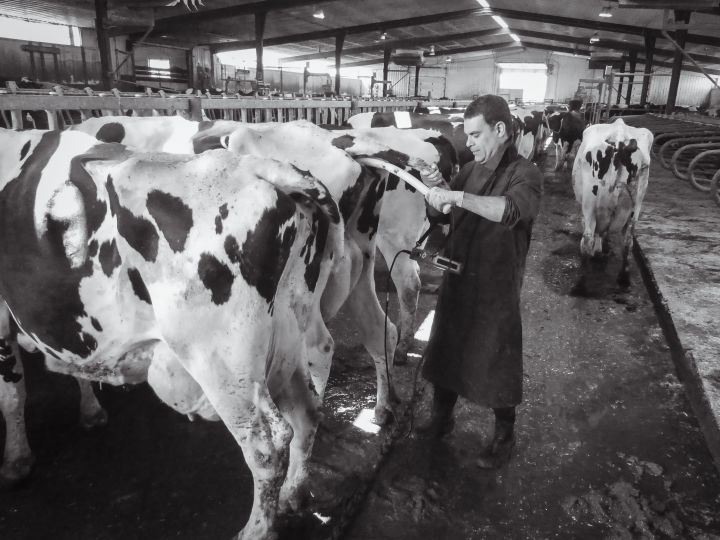
Dairy
ReproScan ultrasound equipment provides solutions for all the challenges of dairy cattle reproductive ultrasound. When selecting ultrasound equipment for dairy cattle reproductive examinations, one needs to consider many factors. Early Pregnancy Diagnosis A presumptive diagnosis of pregnancy can be made as early as 25 days. This diagnosis is based on the presence of clear uterine fluid and a functional Corpus Luteum greater than 20 mm on the same side as the fluid.
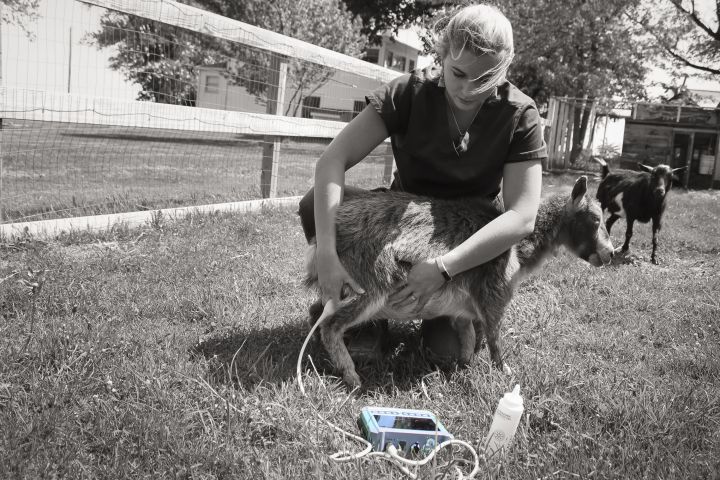
Small Ruminants
Small Ruminants (Camelids, Sheep, Goats, Deer, Elk) Llamas, alpacas, sheep and goats can be pregnancy tested with ultrasound equipment. The best equipment to use will depend on the stage of gestation and the method that you wish to use. Alpacas and llamas can be pregnancy tested with “arm in animal” between 30 and 90 days after breeding similar to a cow if one’s arm is small enough. Extension arm ultrasound can be used in alpacas and llamas.
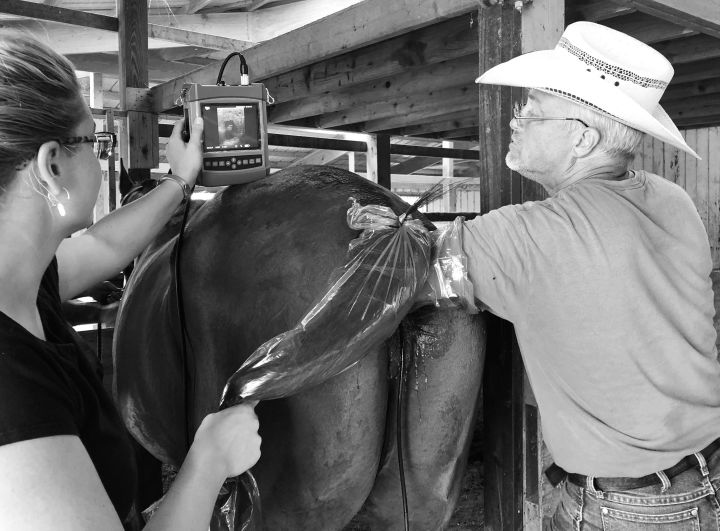
Equine
Most veterinarians that are doing equine reproduction will want to use the 6.5 MHz linear rectal probe for early pregnancy checks and for scanning and measuring ovaries. Tendons can be examined with the 7.5 MHz L40 probe. The 3.5 MHz C60 convex T handle probe is the probe of choice for equine abdominal exams. If the practice has a 4.0 MHz convex rectal probe, this probe is useful for advanced pregnancy testing in ranch mares.
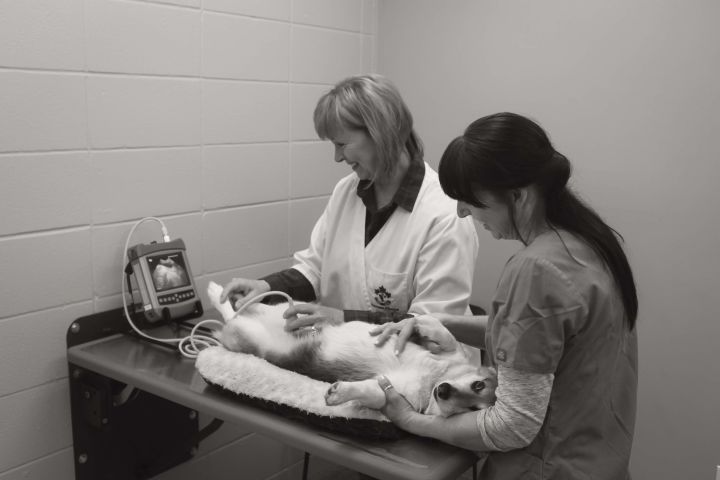
Companion Animal
For companion animal examinations, the 6.5 MHz C20 micro convex is the most commonly used probe. Routine examination of the bladder, uterus, abdomen for fluid, thorax for fluid, can be done with the Flexx with this 6.5 MHz probe. The 3.5 MHz C60 T handle probe may be used for large dogs and the 7.5 MHz L40 T handle probe is recommended for very small dogs, tendons and cats. Having the right ultrasound equipment for mixed animal practice is a challenge.
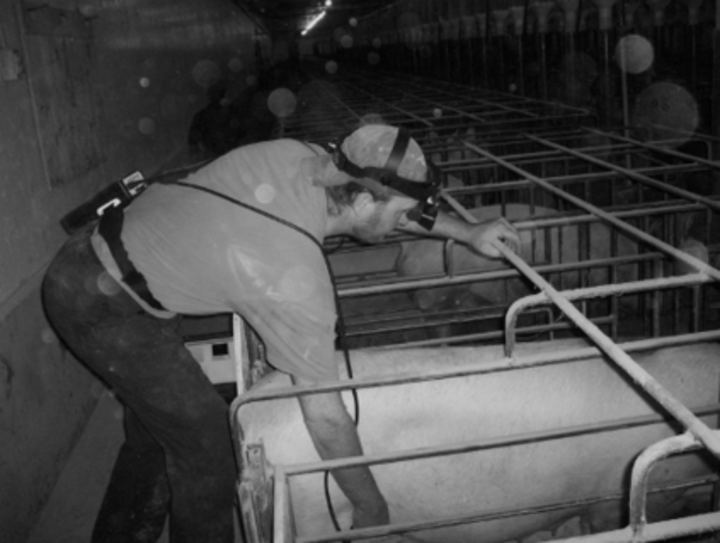
Swine
Pregnancy testing sows at day 21 to 28 is a very economical procedure in modern pork production. Sows are relatively easy to ultrasound when restrained in a crate. With more production switching to loose housing for sows, pregnancy testing is more of a challenge. The BoviScan S60 with 3.5 MHz C60 T handle probe is ideal for pregnancy testing sows transabdomenally in crates and/or loose housing. Most people prefer the Vista goggles for this job.